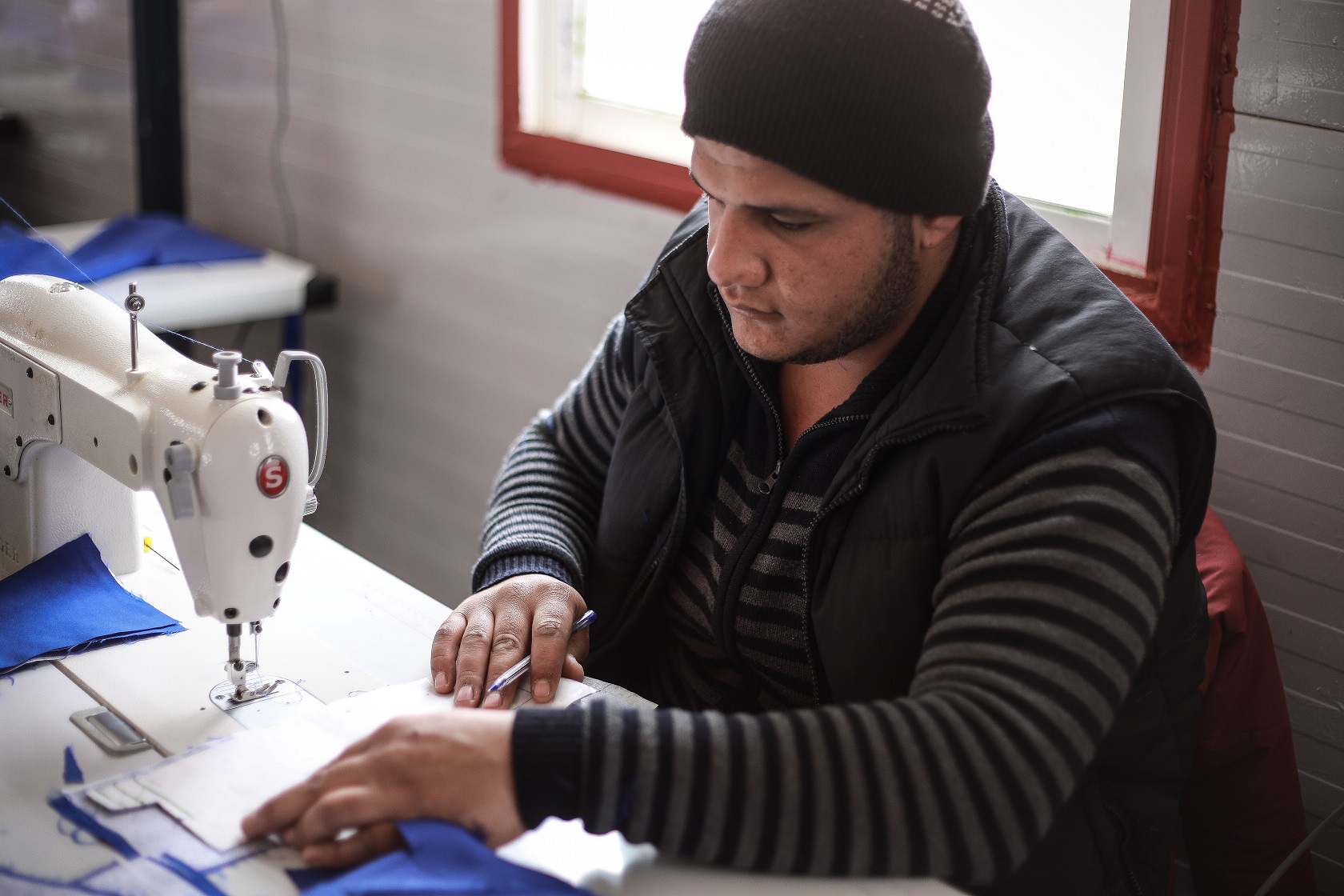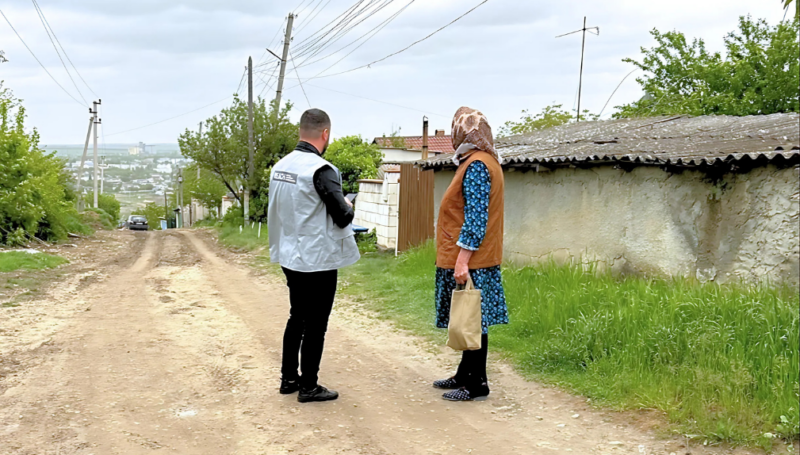As the Syria crisis extends into its seventh year, over 650,000 Syrians are registered as refugees in Jordan. The humanitarian and development community in Jordan has shifted its efforts to seeking durable solutions for Syrian refugees by focusing on enhancing livelihoods and developing economic resilience. This comes, however, against a backdrop of strained public services and rising unemployment in the host country, posing nuanced and dynamic challenges for actors across the labour market supply chain.
In order to better understand the challenges faced by both Syrian refugees in accessing work opportunities and the employers looking to hire them, REACH and the Danish Refugee Council (DRC) have piloted a new area-based approach to livelihoods research in East Amman. The pilot was designed to test the assumption that mobility is a key determining factor in accessing livelihood opportunities for Syrian refugees. Data was collected between February and April 2017 through 19 focus group discussions with Syrians and Jordanians living in East Amman, 16 key informants interviews with business owners, and 8 key informant interviews with various livelihoods stakeholders.
The assessment found that mobility is indeed a barrier to accessing work opportunities, but this is very much determined at the individual level. Factors such as family responsibilities, nationality, age and income levels all impact the distances that Syrians and Jordanians are willing to travel and, in turn, the work opportunities they are able to access. For Syrians, difficulties in obtaining work permits are also a key determinant of mobility, because those who are unable to obtain a permit fear the consequences of working without one and therefore prefer to work closer to home. For Jordanians, low wages relative to the costs of transport represent the primary issue in regard to travelling for work opportunities. From the perspective of business owners, finding staff does not appear to be much of an issue, but retaining committed staff is; to overcome mobility challenges, employers are therefore already applying measures such as providing accommodation and transport for employees.
Having identified the factors that define mobility for Syrians and Jordanians living in East Amman, REACH and DRC developed recommendations for improved livelihoods programming. Given the dynamic and changing nature of the labour market, livelihoods programming needs to be accurate and flexible, accounting for both the needs of the individuals as well as the employers, else longer-term engagement will be a challenge.
Access more detailed findings from the Area-Based Livelihoods Assessment at this link.










